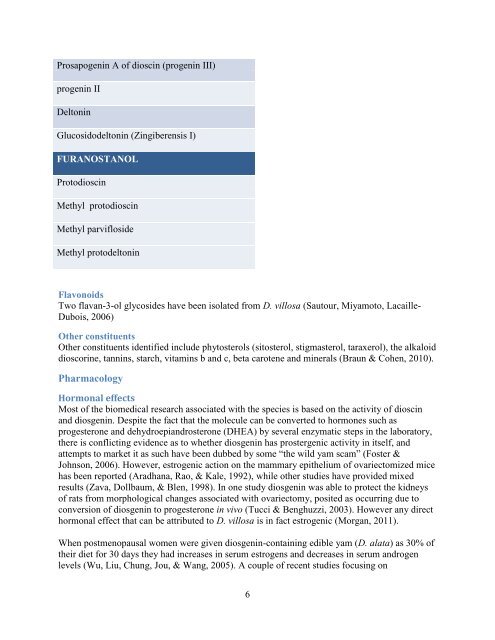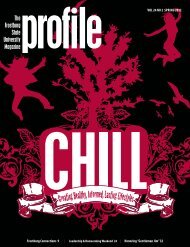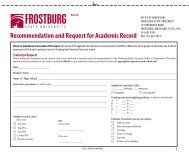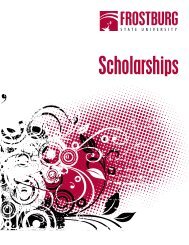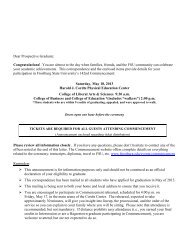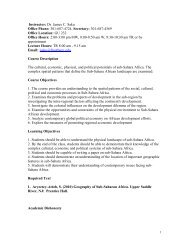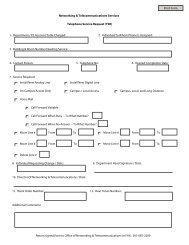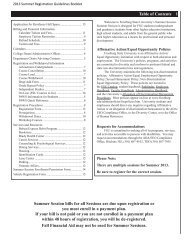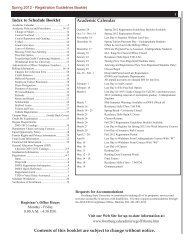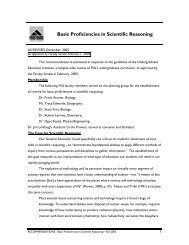WILD YAM Dioscorea villosa L - Frostburg State University
WILD YAM Dioscorea villosa L - Frostburg State University
WILD YAM Dioscorea villosa L - Frostburg State University
Create successful ePaper yourself
Turn your PDF publications into a flip-book with our unique Google optimized e-Paper software.
Prosapogenin A of dioscin (progenin III)<br />
progenin II<br />
Deltonin<br />
Glucosidodeltonin (Zingiberensis I)<br />
FURANOSTANOL<br />
Protodioscin<br />
Methyl protodioscin<br />
Methyl parvifloside<br />
Methyl protodeltonin<br />
Flavonoids<br />
Two flavan-3-ol glycosides have been isolated from D. <strong>villosa</strong> (Sautour, Miyamoto, Lacaille-<br />
Dubois, 2006)<br />
Other constituents<br />
Other constituents identified include phytosterols (sitosterol, stigmasterol, taraxerol), the alkaloid<br />
dioscorine, tannins, starch, vitamins b and c, beta carotene and minerals (Braun & Cohen, 2010).<br />
Pharmacology<br />
Hormonal effects<br />
Most of the biomedical research associated with the species is based on the activity of dioscin<br />
and diosgenin. Despite the fact that the molecule can be converted to hormones such as<br />
progesterone and dehydroepiandrosterone (DHEA) by several enzymatic steps in the laboratory,<br />
there is conflicting evidence as to whether diosgenin has prostergenic activity in itself, and<br />
attempts to market it as such have been dubbed by some “the wild yam scam” (Foster &<br />
Johnson, 2006). However, estrogenic action on the mammary epithelium of ovariectomized mice<br />
has been reported (Aradhana, Rao, & Kale, 1992), while other studies have provided mixed<br />
results (Zava, Dollbaum, & Blen, 1998). In one study diosgenin was able to protect the kidneys<br />
of rats from morphological changes associated with ovariectomy, posited as occurring due to<br />
conversion of diosgenin to progesterone in vivo (Tucci & Benghuzzi, 2003). However any direct<br />
hormonal effect that can be attributed to D. <strong>villosa</strong> is in fact estrogenic (Morgan, 2011).<br />
When postmenopausal women were given diosgenin-containing edible yam (D. alata) as 30% of<br />
their diet for 30 days they had increases in serum estrogens and decreases in serum androgen<br />
levels (Wu, Liu, Chung, Jou, & Wang, 2005). A couple of recent studies focusing on<br />
6


